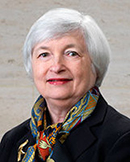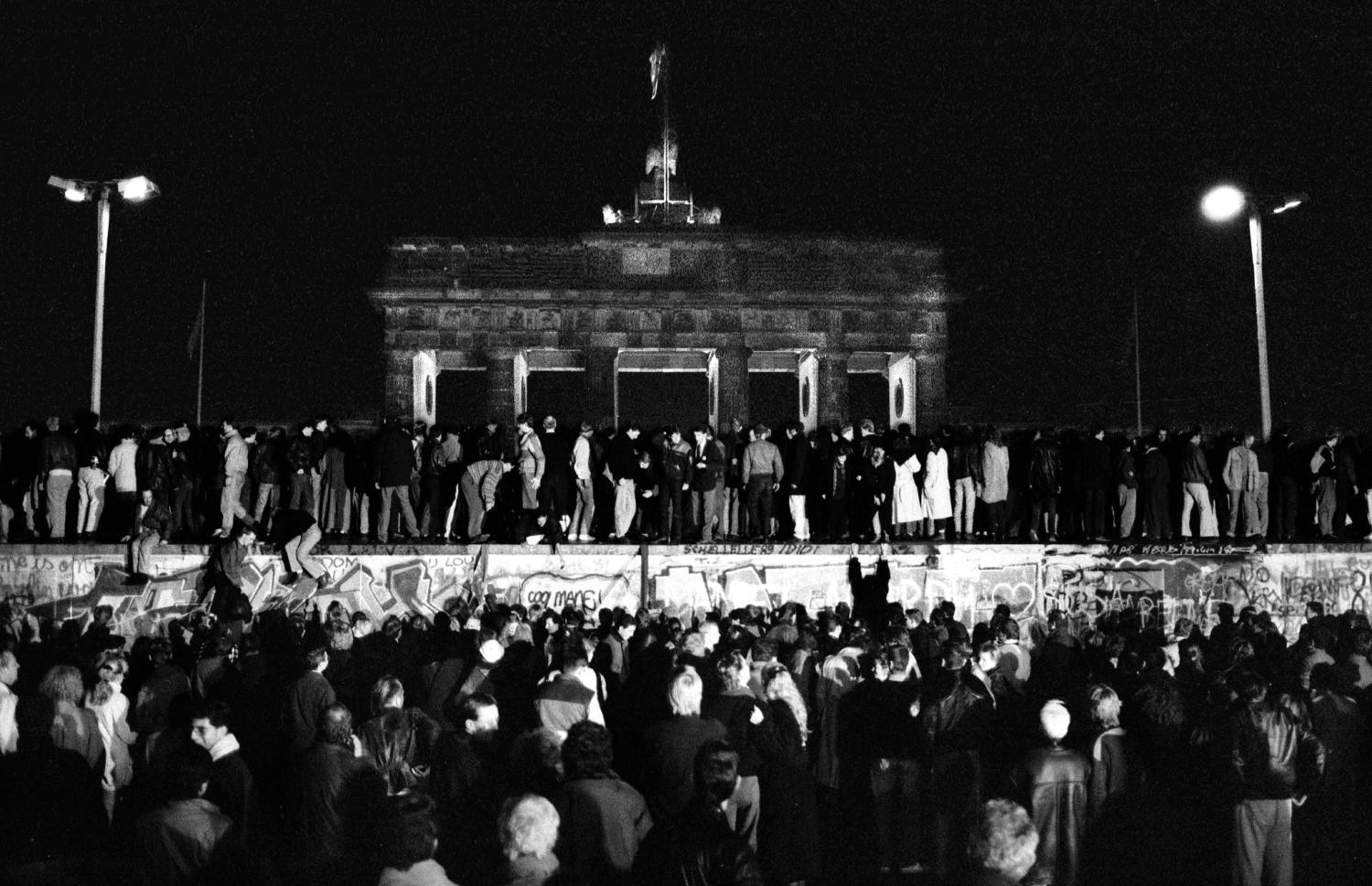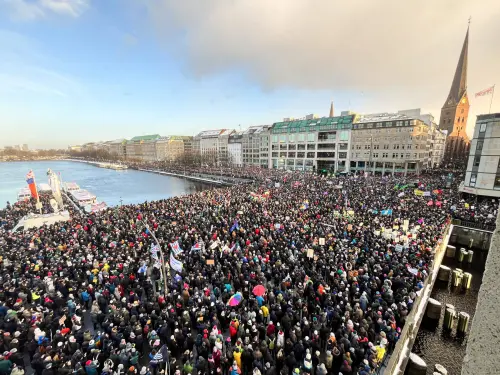At midnight on June 30, 1990, German economic, monetary, and social union occurred: the mark of the German Democratic Republic was replaced by the deutsche mark; trade barriers were lifted; legal, tax, and social insurance systems were harmonized; and all existing barriers to capital and labor movements were removed.
Within days a severe price-cost squeeze was apparent. East German producers could not profitably sell their goods at prices that buyers—East German, West German, or foreign—were willing to pay. Moreover, demand for domestically produced output fell as consumers diverted their spending toward Western products. As a result, there was a severe decline in output; unemployment and short-time hours rose rapidly. One of the worst and sharpest depressions in European history had begun. It continues unabated.
In “East Germany in from the cold: The economic aftermath of currency union” (PDF), Andrew K. Rose, George A. Akerlof, Helga Hessenius, and Janet Yellen document the basic facts of the depression: the behavior of output, employment, wages, prices, vacancies, and other macroeconomic aggregates. The authors then explore the twin reasons for the depression: producers cannot supply products at market prices and cover their short-run variable costs; and there were declines in the demand for domestically produced consumer and investment goods.
The paper examines the consequences of the price-cost squeeze for the goods, labor, and asset markets. In the market for goods, the authors calculate the fraction of East German conglomerates that are unable to sell their products at world market prices while meeting their variable costs. Their data shows that firms employing only 8 percent of the labor force were “viable” after union, in the sense that they could earn sufficient revenue to cover short-run variable costs in the absence of significant productivity improvements.
The second consequence of the price-cost squeeze has been the high incidence of unemployment and short-time work, a labor-market development that is expected to continue.
Read the full paper here.






